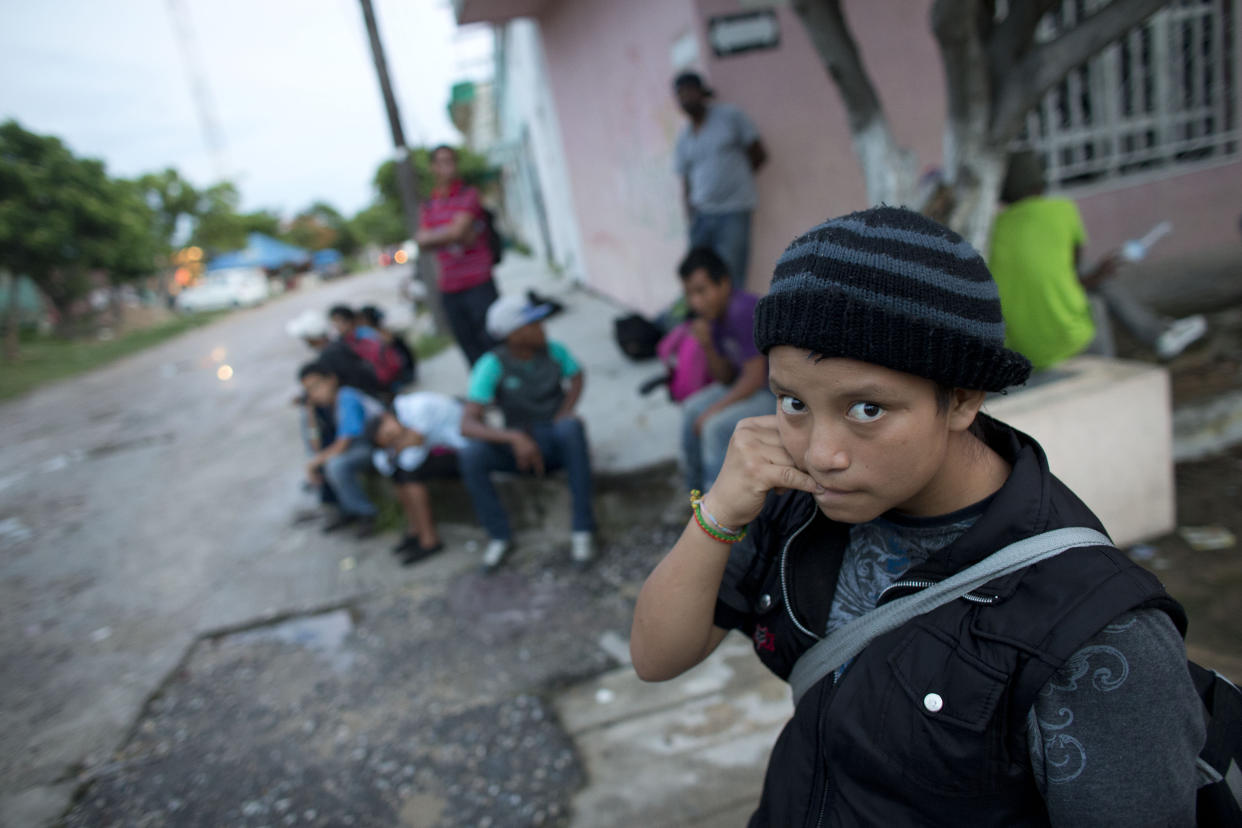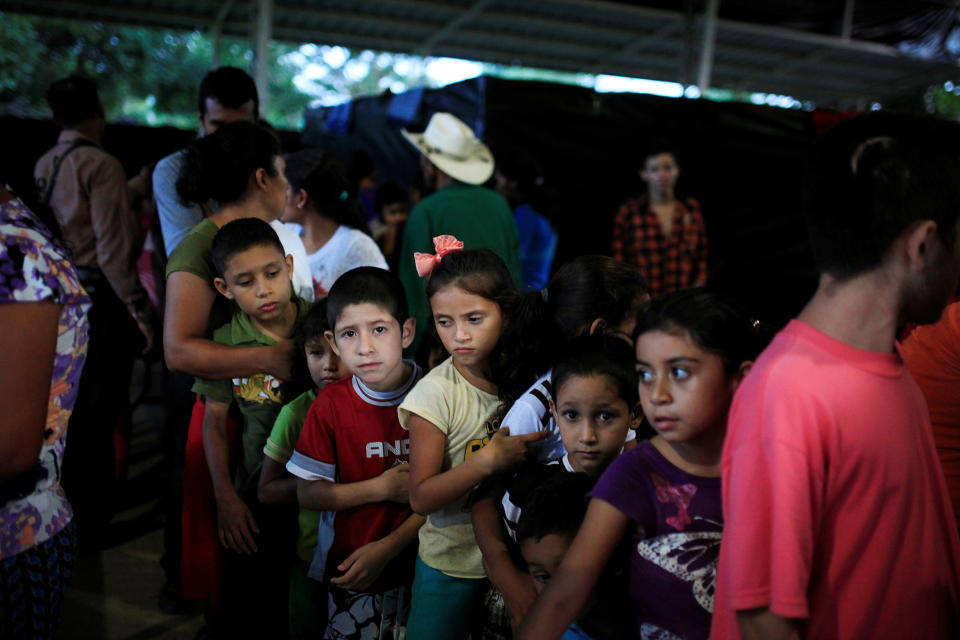Ending refugee program for Central American youth may drive them to smugglers

The Trump administration’s crackdown on immigration across the southern U.S. border may drive a new wave of youngsters from Central America to attempt a dangerous and illegal journey through Mexico to escape rampant gang violence in their home countries.
By the end of the next month, the U.S. Department of State plans to officially terminate a program that allows parents lawfully residing in the U.S. to request refugee resettlement for certain children who face threats of violence at home in El Salvador, Guatemala and Honduras. The Central American Minors, or CAM, refugee program was established in 2014 in response to an influx of unaccompanied children fleeing those three countries, among the most dangerous in the hemisphere — or, in the case of El Salvador, the world.
The State Department already stopped accepting new applications for the CAM program earlier this month, but immigration rights advocates expressed concern Monday about the nearly 7,000 applications from young people currently awaiting a response.
“The Trump administration has a responsibility to process those 7,000 children waiting for their interviews,” Bishop Minerva G. Carcaño, chair of the United Methodist Church’s Immigration Task Force, told reporters on a conference call Monday. “Anything short of this would be heartless.”
More than three years before the Trump administration announced its plans to terminate the program, President Obama had been faced with an unprecedented dilemma: teenagers and children from Central America were crossing the southern U.S. border in large numbers and turning themselves over to Border Patrol agents in hopes of being reunited with their parents in the U.S.

The majority were coming from gang-ridden Honduras, Guatemala and El Salvador. Desperate to escape the constant threat of violence at home, they embarked on dangerous journeys through Mexico, often paying smugglers exorbitant fees and risking kidnapping, extortion or worse to reach the U.S.. Between 2013 and 2014, the number of unaccompanied children from these countries apprehended at the southwest border had more than doubled, each surpassing the number of child migrants from Mexico.
During the summer of 2014, the Obama administration launched a number of initiatives in collaboration with the governments of these three countries in an attempt to stem the flow of children along this treacherous path. They included millions of dollars for USAID programs for education, crime prevention and combating gangs. U.S. Customs and Border Protection launched a campaign to raise awareness about the dangers of migrating to the U.S. through Mexico, commissioning billboards, television commercials and even an original song to broadcast a warning to people in Honduras, Guatemala and El Salvador as well as Central American communities in the U.S.
But the continued trafficking prompted the Obama administration in December 2014 to establish the CAM program, offering certain children in these specific countries a safe and legal means of reuniting with their parents in the U.S. The CAM program also included a parole aspect, allowing some at-risk children deemed ineligible for refugee status to be considered for parole entry to the U.S. on a case by case basis.
In a statement last October, then Homeland Security Secretary Jeh Johnson promoted the CAM refugee and parole program, writing, “Border security alone cannot overcome the powerful push factors of poverty and violence that exist in Central America. Walls alone cannot prevent illegal migration.”
This August, Acting Secretary of Homeland Security Elaine Duke announced that parole would no longer be offered to those denied refugee status under the CAM program. Three months later, the entire refugee program for Central American minors was on track to be terminated.
A State Department spokesperson did not respond to a request for comment on whether the thousands of applications already submitted will be considered before the January 31 deadline. There was also no indication whether the Trump administration plans alternative measures to prevent at-risk children from turning to illegal smugglers to reach the U.S., once the legal pathway has been eliminated.

Daniella Burgi-Palomino, a senior associate at the nonprofit Latin America Working Group, told Yahoo News that while it’s hard to predict whether eliminating CAM will create a resurgence of unaccompanied children over the border, one thing is clear: The deadly levels of violence and corruption that led so many young people to flee El Salvador, Honduras and Guatemala in 2014 have not abated.
According to a 2017 article in the Economist, El Salvador was the most violent country in the world in 2015 and 2016, with the capital, San Salvador, holding the title of world’s most murderous city. And as of last year, all three countries were well above the rate of 10 homicides per 100,000 inhabitants that the United Nations considers to constitute an “epidemic.” The rate in El Salvador was eight times higher (PDF).
At the same time, Burgi-Palomino noted, asylum applications from these countries have significantly increased over the past three years.
“The Trump administration has talked about not driving people into the hands of smugglers, but if they terminate [the CAM program] that’s exactly what they’re doing,” she said.
Read more from Yahoo News:



